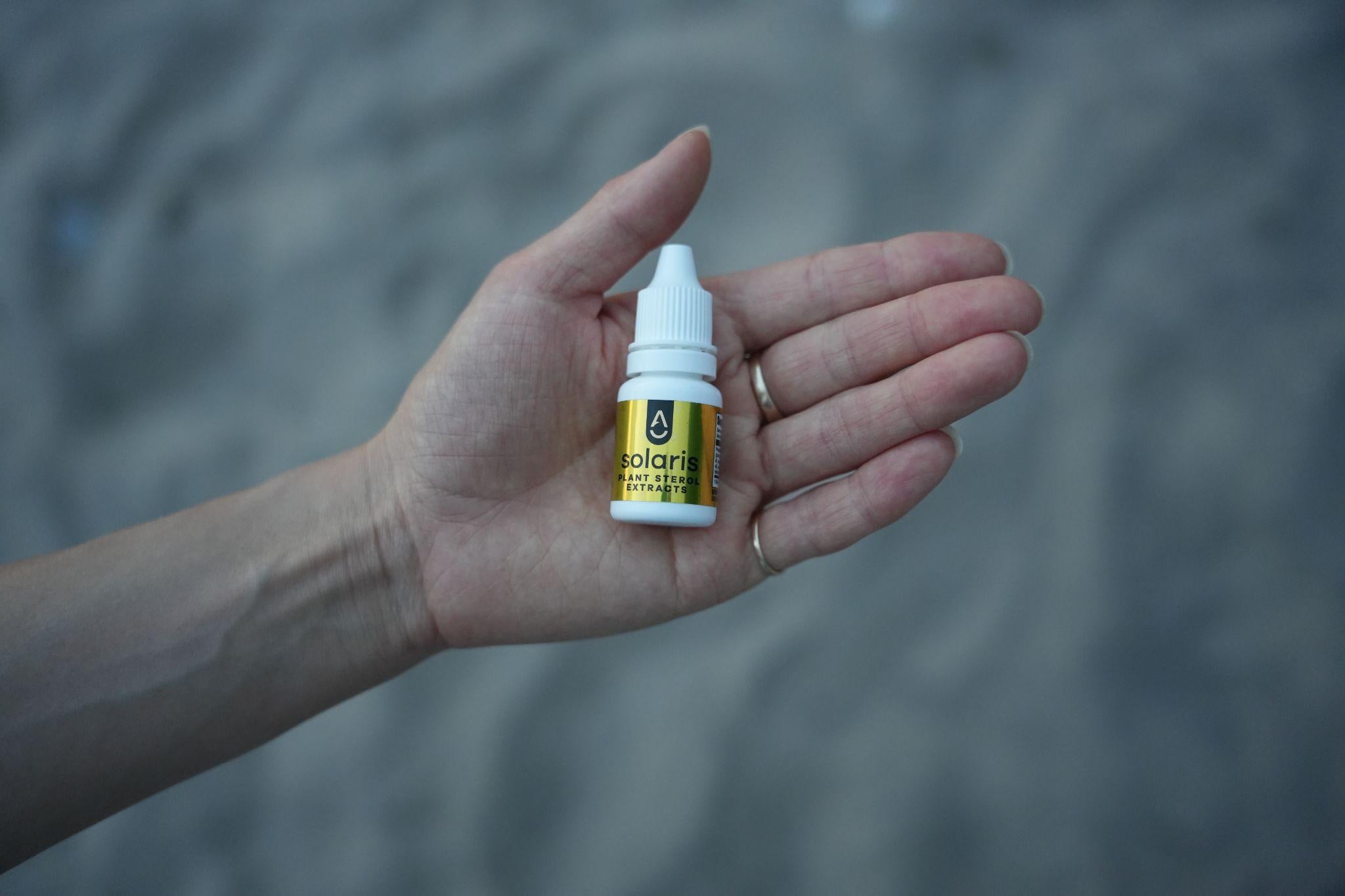
What’s Really Hiding in Your Bread?
Bread is a comfort food enjoyed by people around the world.
It's a staple in almost every household, and for many, it’s the foundation of their meals.
But have you ever paused to consider what’s really in that loaf of bread you grab off the supermarket shelf?
In North America, bread – especially the processed kind we see lining the grocery store aisles – has strayed far from its roots as a simple source of nourishment. Many store-bought varieties, particularly white bread, are packed with ingredients that could be harming your health in ways you might not realize.
The Hidden Danger in North American Wheat
The wheat used in most North American breads is a major concern.
White bread, in particular, is often made with bleached wheat, which essentially turns it into a nutritionally poor food product that resembles paste more than real food. This type of bread wreaks havoc on your blood sugar levels, causing sudden spikes that, over time, can lead to insulin resistance and even diabetes.
But it doesn’t stop there.
Eating this type of bread regularly can also contribute to leaky gut syndrome—a condition in which the lining of your intestines becomes compromised.
This allows harmful substances to leak into your bloodstream, triggering inflammation and potentially leading to autoimmune diseases and digestive disorders.

Whole Grain and Brown Bread: The Healthier Choice?
Many people believe that switching to whole grain or brown bread is a healthier alternative. Unfortunately, this isn’t always the case.
Even these seemingly "healthier" options can come from the same problematic wheat source. The core issue lies in how the wheat is grown and processed.
A significant factor? Glyphosate—a widely used chemical herbicide linked to a host of health problems. Even whole grain and brown breads can contain traces of this harmful chemical, making them far from the health food they’re often marketed as.
Why Should You Care About What’s in Your Bread?
If you care about your health, it’s time to take a closer look at the bread you’re eating.
Regularly consuming bread made from chemically treated, bleached wheat can have serious long-term effects on your health, from digestive issues to inflammation and chronic diseases.
So, how can you protect yourself and make healthier choices?
Healthier Alternatives to Commercial Bread
When shopping for bread, look for organic, non-GMO options made from ancient grains that are minimally processed. These types of breads are less likely to contain harmful chemicals and are generally gentler on your digestive system.
Additionally, consider supporting your overall wellness with products like EASE Magnesium. While choosing healthier food options is key, supplementing with magnesium can further support your body.
Magnesium plays an important role in muscle relaxation and can even help with digestive health by easing issues like constipation. More importantly, magnesium helps to reduce stress, and a calmer mind can contribute to a healthier gut, thanks to the strong gut-brain connection.
Your body deserves better than the toxic wheat and chemicals found in many of today’s breads.
Take control of your health by making informed choices about the food you eat—and support your body with EASE Magnesium to reduce stress, improve digestion, and feel your best.
Start your wellness journey with EASE Magnesium now. Your muscles, mind, and body will thank you.






Inflammation: The Silent Threat and How to Combat It
Scents for Energy, Focus & Feeling